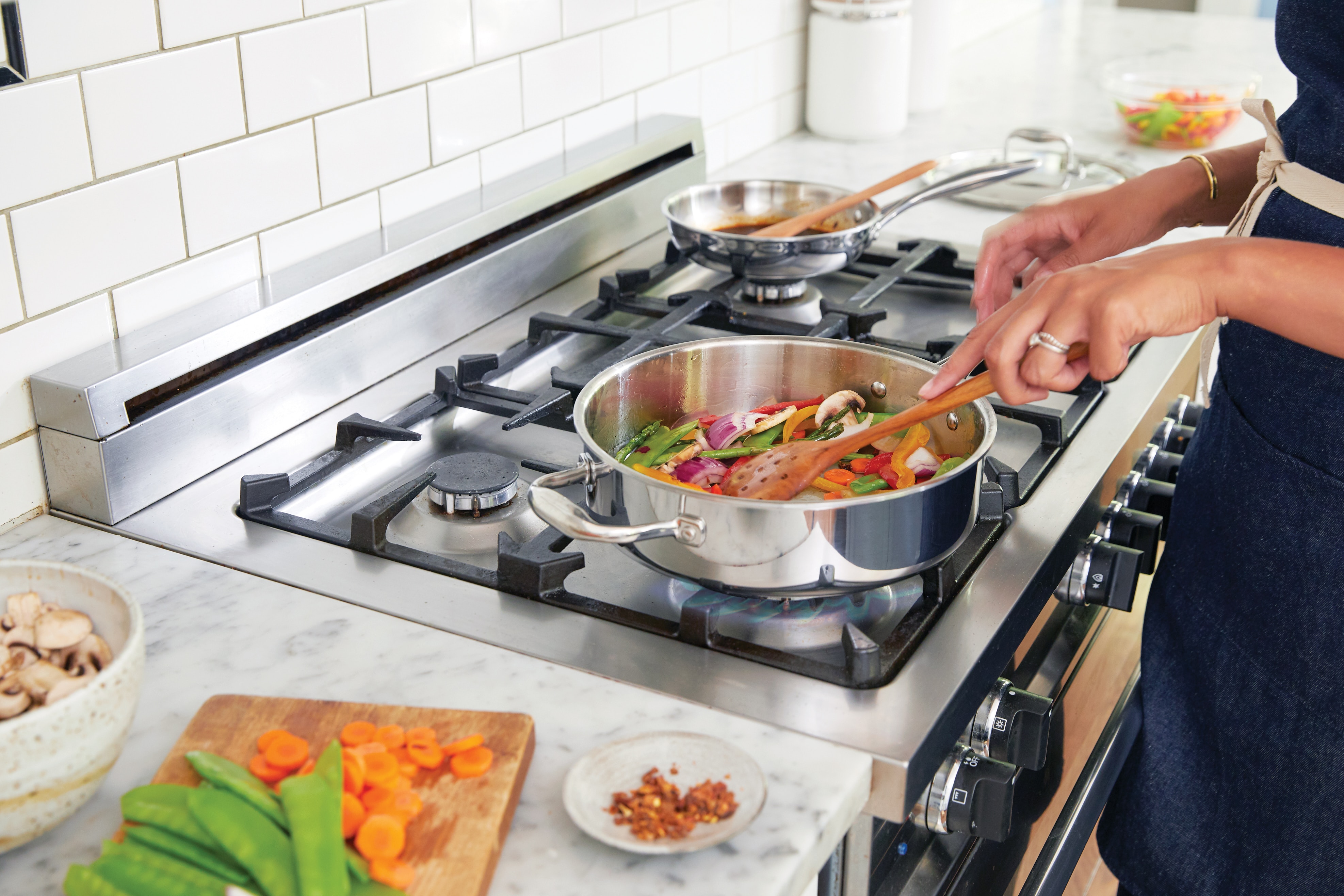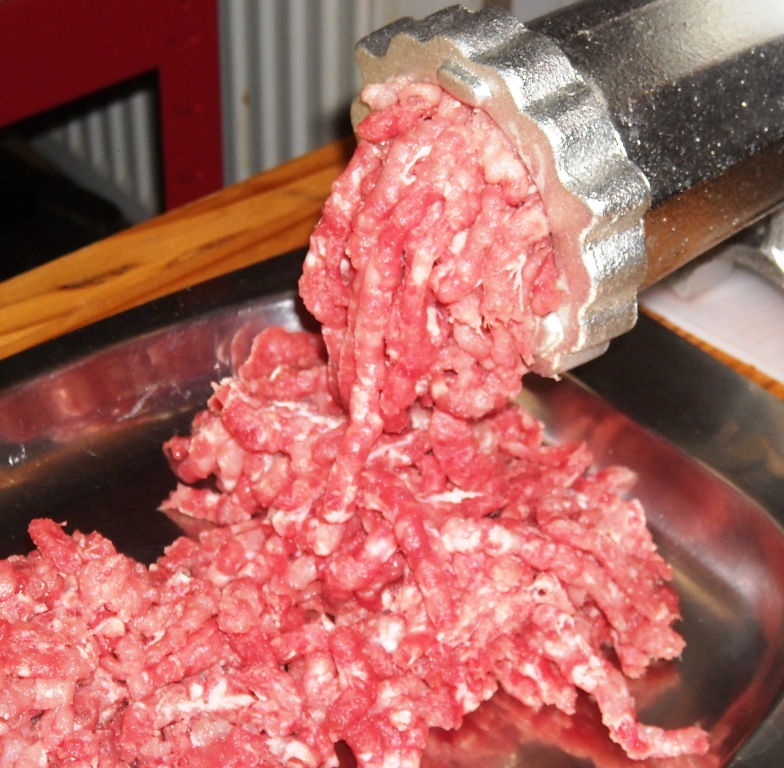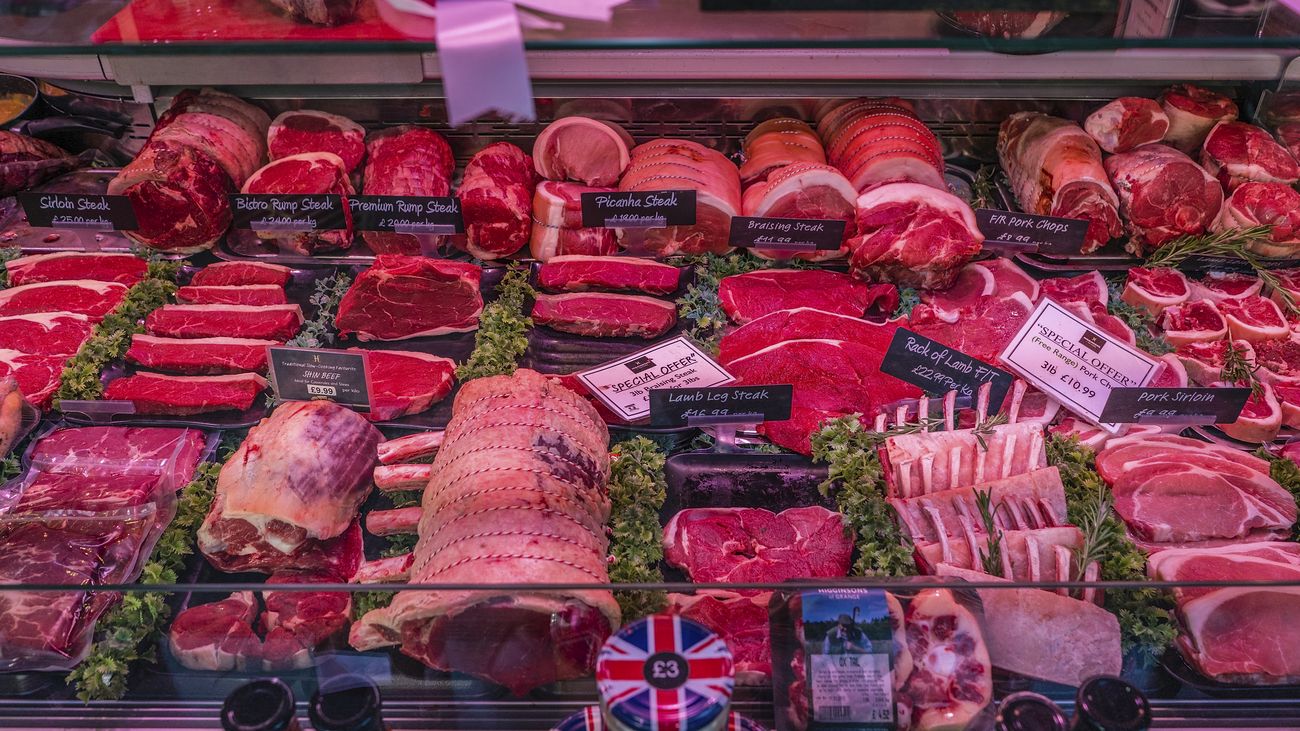
Preparing a pork dinner may seem simple, but achieving perfectly cooked, juicy, tender char siu or tender pork chops is no easy feat. People often struggle with how to best cook pork, which often results in dry and overcooked meat. Outdated food safety information is the primary cause.
Let’s explore some basics to make your pork dishes truly impressive. We’ll explain key temperatures and their importance, and reveal some simple secrets used by chefs.

When cooking whole cuts of meat such as tenderloin, ribs, or shoulder meat, there are clear guidelines to follow. For these whole cuts of meat, the U.S. Department of Agriculture (USDA) has established safety guidelines. The USDA specifies that the safe cooking temperature is 145°F.
This temperature is lower than previous recommendations, which helps these cuts retain moisture and flavor. Chef James Murray believes this makes a significant difference. “Cooking pork chops to this temperature results in a completely different eating experience,” he notes. Such pork chops are juicier, more flavorful, and undoubtedly more tender. This regulation is an important step toward properly cooking pork and serves as the starting point for preparing delicious whole cuts of meat.
Next, it is crucial to raise the temperature of the entire piece of meat to a safe temperature of 145°F. The US Department of Agriculture (USDA) stipulates that the entire piece of meat must rest for three minutes. Skipping this step may affect the final quality of the dish.
Once the internal temperature reaches 145°F, a brief resting period plays a crucial role in the final quality of the dish. Once the meat reaches the desired temperature, it should be immediately removed from the heat source. Then, allow it to rest for a short period in a warm environment. Although you may be eager to eat it quickly when hungry, a few minutes of resting time can work wonders for the flavor of the meat.

Resting time is sometimes referred to as “standing time,” and it is based on scientific principles. There are two main reasons why resting pork is so important.
The first reason is “residual heat cooking.” When meat is rested, heat moves toward the center, raising the internal temperature by a few degrees. For meat that reaches 145°F, maintaining that temperature for a sufficient period of time can kill parasites. This ensures that the meal is safe to consume.
The second reason is that resting allows the juices to redistribute. When the meat is still hot, the juices are forced outward, flowing toward the center and edges. If the meat is cut too quickly, the juices will escape. Resting allows the muscle fibers to fully relax, enabling the juices to be reabsorbed more evenly. This results in tender, flavorful pork with every bite.

Not all cuts of pork are the same. Understanding their differences will help you cook them perfectly every time. Some cuts are naturally tougher than others because they serve different functions in the animal’s body. These cuts are muscles used for movement or weight-bearing.
These muscles endure greater workloads. Their muscle fibers contain higher levels of collagen deposits. Collagen is a tough connective tissue that serves to connect and support. Ribs and shoulders are common examples of tough cuts. Attempting to cook these cuts quickly can result in overly chewy meat. Due to the presence of collagen, these areas require special handling. For example, deboning ribs or preparing char siu pork involves special processing. These results are achieved precisely because the tough areas have been specially treated.
The target internal temperature must be higher than the previously mentioned 145°F. While 145°F is a safe food temperature, it is insufficient to tenderize tough meats. You need to cook these meats to a temperature well above 145°F. This converts collagen into gelatin, keeping the meat moist. The optimal cooking temperature range for these cuts is 170°F to 210°F. This temperature range effectively breaks down collagen.
For specific dishes, temperatures need to be more precise. The optimal temperature for shoulder char siu is approximately 200°F to 205°F, while pork ribs typically cook best between 180°F and 195°F. Achieving higher temperatures is key to achieving the desired tenderness.
Slow-Cooker Steel-Cut Oats
Equipment
- 1 6-Quart Slow Cooker
- 1 Measuring Cups
- 1 Measuring Spoons
- 1 Bowl For mashing bananas
- 4 Serving bowls
Ingredients
Main
- 1 1/2 cups steel-cut oats
- 1/2 teaspoon freshly grated nutmeg
- 2 very ripe bananas mashed
- 1 cinnamon stick
- Kosher salt
- Suggested toppings: toasted almonds or coconut see Cook's Note, toasted nuts, fresh or dried berries, maple syrup, ground cinnamon, coconut milk, almond milk, dairy milk and yogurt.
Instructions
- Combine the oats, nutmeg, bananas and cinnamon stick in a 6-quart slow cooker with 7 1/2 cups water and 1/8 teaspoon salt. Cook on low for 8 hours.
- Serve the oatmeal with your desired toppings.
Notes

To make tough cuts of meat tender and smooth, specific methods must be used. Ribs and shoulder meat require slow cooking at low temperatures. This process occurs when the meat is kept at a temperature of approximately 160°F for an extended period of time. Gelatin makes the meat tender and juicy, with an excellent texture. Cooking at low temperatures below 275°F yields excellent results, and prolonged cooking facilitates the conversion of collagen.
This is why slow cookers are commonly used for cooking. Slow cookers can maintain low temperatures for extended periods, creating an ideal environment for collagen breakdown. However, prolonged cooking also carries the risk of moisture loss. Therefore, adding liquids such as broth is crucial. This helps maintain the ideal moisture level inside the meat, ultimately resulting in the juicy and tender texture you love.
Certain cuts of pork are naturally tender and juicy. This is precisely why they are so highly regarded. Compared to working muscles, these cuts have lower collagen content. The tenderloin and loin are classic examples of such cuts. These cuts are delicate and require special cooking methods. If you try to slow-cook the loin, it will become dry. You won’t find a good slow-cooked loin recipe in slow cooker recipes.
Their natural tenderness means they don’t need to be cooked for a long time. Prolonged cooking is detrimental to these cuts. The key to keeping them juicy is to cook them quickly. Cook efficiently and don’t delay.
Recipe details: Center Cut Tenderloin Roast
Prep time: 5 min Inactive time: 40 min
Cook time: 30 min Total time: 1 hr 15 min
Level: Easy Servings: 2 to 3 servings
Total weight: 523.1 g Calories: 792.6 kcal
Energy: 792.6 kcal Protein: 112.5 g
Carbs: 3.1 g Fat: 36.9 g
Dish Tags: american, main course, lunch/dinner, High-Protein, Low-Carb, Sugar-Conscious, Keto-Friendly, Dairy-Free, Gluten-Free, Wheat-Free
Ingredients:
1 1/2 teaspoons kosher salt
1 1/2 teaspoons freshly ground black pepper
1 teaspoon freshly ground cumin
1 to 1 1/4-pound tenderloin roast cut from the center of the whole tenderloin
1 teaspoon vegetable oil
Cooking steps:
1. Preheat the oven to 250 degrees F.
2. Combine kosher salt, black pepper, and cumin in a shallow dish. Roll roast in seasonings, coating well.
3. Preheat a cast iron grill pan over high heat. Once the pan is hot, brush the roast with the olive oil, and sear on all sides, approximately 8 to 10 minutes total cooking time. Remove the roast to a plate, cover with aluminum foil, and allow to rest for 10 to 15 minutes.
4. Place the roast back onto the grill pan, put in the oven and cook until it reaches an internal temperature of 135 degrees F, approximately 15 to 20 minutes. Remove from the oven, wrap in foil, and allow to rest for 30 minutes before cutting.
Get the recipe: Center Cut Tenderloin Roast
Related posts:
Pork Cooking Times And Temperatures For Every Cut
Pork Chop Temperature Guidelines for Perfectly Juicy Chops
8 Healthy Pork Recipes That Are Still Hearty Enough to Satisfy




